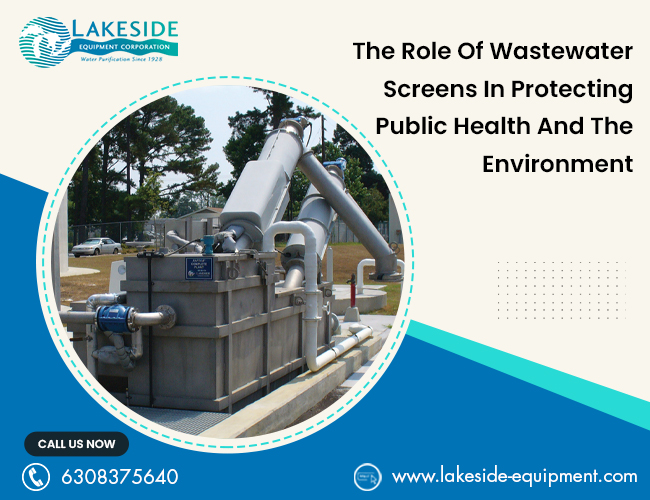Role of Wastewater Clarifiers and How to Select Them
Clarification is essential in a wastewater treatment procedure to eradicate suspended solids through gravity settling, giving clarified liquid sewerage.
Primary and Secondary Clarification
Primary clarifiers, located downstream of the plant's grit chambers and screening, use gravity to separate settleable solids from the influent of raw wastewater.
Secondary clarifiers are built downstream of the activated sludge facility or biological treatment to separate the treated wastewater from the biological mass used for treatment.
Primary Clarification
- It removes oil, grease, and suspended solids.
- Solids floating at the surface are eradicated before biological treatment.
Secondary Clarification
- It tracks the biological treatment to return activated sludge.
- Waste sludge is eradicated and thickened before the digestion method.
- Circular Clarifier: It has different forms, including a spiral scraper, hydraulic removal type, and segmented rake.
- Rectangular Chain and Scraper: Available in various configurations, you can select it as per solids loading and basin length.




Comments
Post a Comment